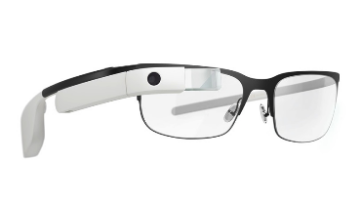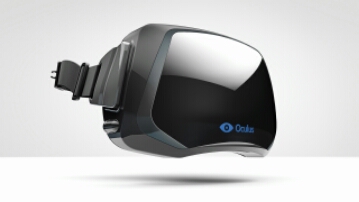Augmented Reality Sketch Cont…Part 6 (Future Developments)
Throughout the augmented reality sketch process, I have noticed certain areas that could be improved upon. These improvements range from exploring more of the city of Plymouth to using different software. Below, I will document what I would do differently if I were to do this sketch again.
Ideas/Sketch:
- If I were to do this project again, I would approach it differently. With my project, instead of just staying around the campus of Plymouth Uni, I could have explored more of Plymouth, such as that of the Barbican. It would also mean that people could explore more of Plymouth. In addition to this, instead of choosing random artists, or artists that I think have changed the art world, I could research into Plymouth Artists and shown their work instead.
- Also, I could have implemented some sort of GPS tracking, so I could see which ‘artworks’ are more popular then others. It would also allow me to see what routes people took and then potentially add other elements to my sketch such as a quiz about the prior artwork and then when they got to the final artwork, they could see how well the had done.
Software:
- As mentioned in the previous post about Strengths and weaknesses, I mentioned how Layar was slightly basic and didn’t allow you to use certain features. This restricted what features I could access and use. If I were to use this software again, I would look into the premium account to see what other features are included, and to see how I could use them in my sketch.
- Layar itself would sometimes reject my images that I was trying to use as the base image as it would say that it was either contained symmetry, patterns or was mirrored, even when it wasn’t, so for this reason, if I were to do this again, I would use Unity, which the next point gives details on.
- In addition to this, if I were to do this project again, I would look at Unity and other programs to see how I could develop my idea further. With Unity, you can code your program to do different things. For example, I could code Unity so that when the images appear, an narrator could talk you through the different artists as well as tell you about their works. Also, I could create some sort of hologram or 3D replica of the artist to stand beside their work.
This are the points that I thought could be improved upon if I were to do this project again.






